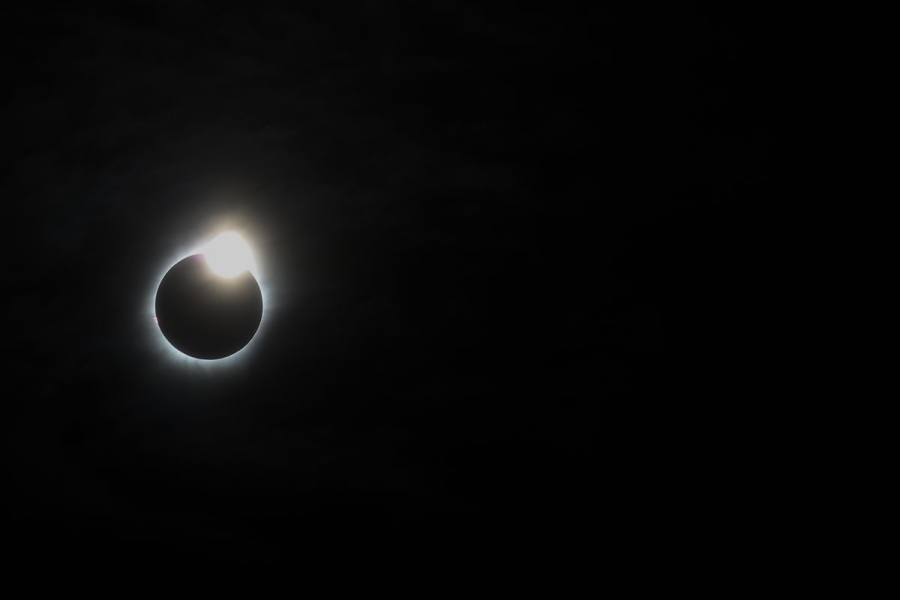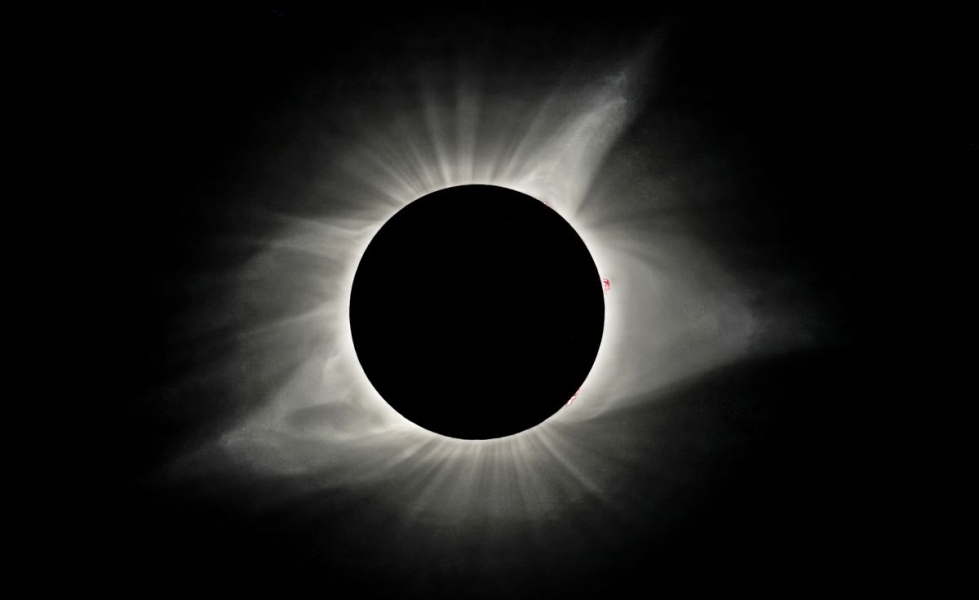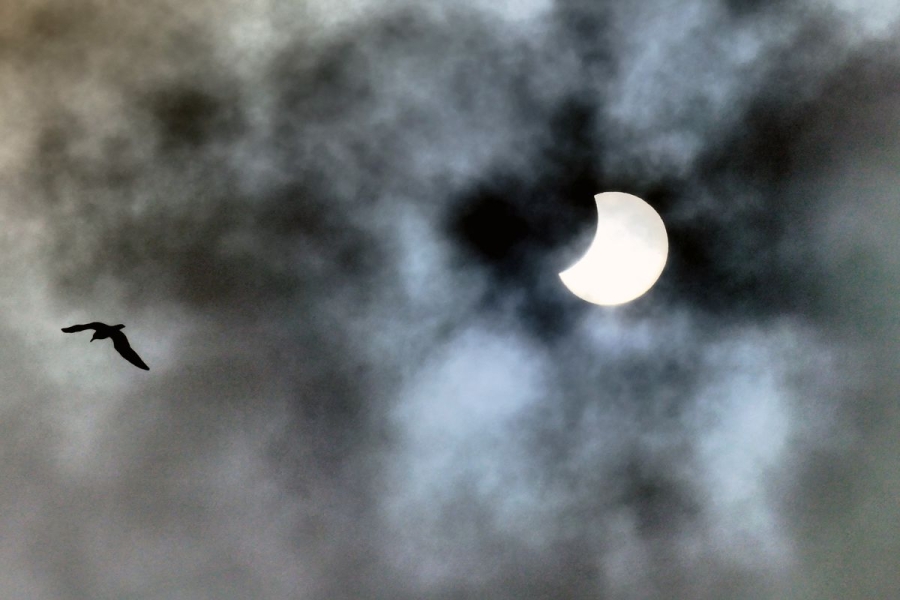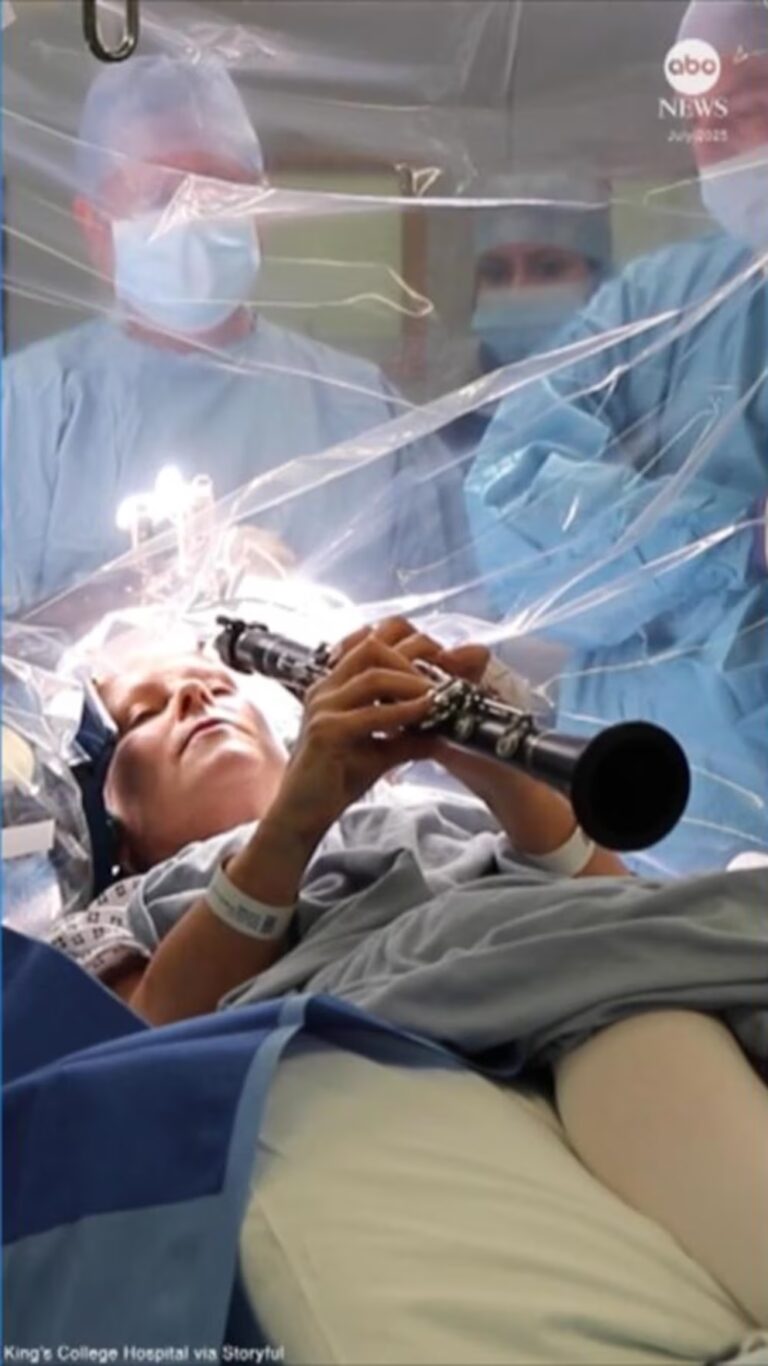This scientist has seen nearly 20 solar eclipses. She’s trying to solve a mystery that could help protect Earth.

Noam Hassenfeld is the host and senior producer of Unexplainable, Vox’s science podcast about everything we don’t know. He co-created the show with Brian Resnick and Byrd Pinkerton, and he also composes the show’s music.
On Monday, April 8, millions of people will get to see the Great North American Eclipse. Most people on the continent will see a partial solar eclipse, the sun gradually getting smaller as the moon passes in front of it.
But if you’re in exactly the right place — along the narrow path of totality that runs from Mexico to Indianapolis to Montreal — the moon is going to line up directly in front of the sun and completely block it out.
“When it happens, it feels like magic. It feels supernatural,” says Shadia Habbal, a professor of solar physics at the University of Hawaii. “It hits you in every part of your body. You just feel like something is surrounding you. Something is taking you to a place you’ve never been before.”
When the moon fully blocks the sun, it’s the only time you can see the sun’s atmosphere, the corona, which is made up of particles constantly shooting away from the sun. “Sometimes they’re streaming away happily,” says Habbal. “But sometimes you have what we call a storm or an explosion at the sun.”

Radiation from solar storms often ends up hitting Earth, which can lead to beautiful phenomena like the northern lights. But it can also cause massive problems, like energy grid disruptions, major blackouts, or even taking down satellites.
Despite how much damage solar storms can do to our tech on Earth, scientists are still struggling to predict them. And that’s because they don’t understand that much about how the corona works.
Even though it extends millions of miles away from the surface of the sun into freezing cold space, the corona is still a million degrees hotter than the surface of the sun. And scientists aren’t sure why. Which is why Habbal became an eclipse chaser.
I recently spoke with Habbal for an episode of Unexplainable, Vox’s podcast that explores scientific mysteries, unanswered questions, and all the things we learn by diving into the unknown. This conversation has been lightly edited and adapted for the website.
Noam Hassenfeld
You’ve been chasing solar eclipses for almost 30 years. You even founded a group, Solar Wind Sherpas, whose mission is to chase eclipses. How did you first get interested in studying these phenomena?
Shadia Habbal
I was doing models of the corona, trying to figure out what processes heat the corona. And I realized that the temperature was a critical piece of information I needed to have. But the data that was available at the time wasn’t giving me the answer I was looking for. So, I knew that eclipses were the key observations to get to that answer.
Noam Hassenfeld
So the first eclipse you saw was when you were already researching the corona?
Shadia Habbal
Yes, the first solar eclipse I saw was in 1995 in India, and it was a very, very short eclipse. It was 42 seconds long, but it was probably the most spectacular one I saw. The eclipse happened around 8 in the morning. And when it happened, I saw the corona, these rays upon rays just expanding from the sun, extending all the way to infinity, visually. But we only had 42 seconds, so I couldn’t spend too much time looking around or anything. We had to really pay attention to operating the cameras that we had. I thought, “Okay, one measurement and that’s it.” But we realized that one wasn’t enough. We had to keep trying.
Noam Hassenfeld
Where have you and your team been since then?
Shadia Habbal
We’ve been to Mongolia. We’ve been to Antarctica. We’ve been to Libya. We’ve been to Tatakoto in French Polynesia. To Svalbard, you know, northern Norway, beyond the Arctic Circle. We’ve been to Syria, Chile, Argentina, Zambia, and South Africa. And this one will be my 20th.
Noam Hassenfeld
Why do you need an eclipse to study the corona? Can’t you do this artificially, put something up to block out most of the sun?
Shadia Habbal
Well, because that doesn’t do as good a job as a natural eclipse.
Noam Hassenfeld
Why doesn’t it do as good of a job?
Shadia Habbal
It’s a very small blocker whereas the moon is huge. So it dims the light to the point where the sky is like nighttime.
Noam Hassenfeld
Ah, okay. Let’s say I go outside and I want to study the corona. If I hold up a quarter in front of the sun and block the sun, I still wouldn’t see the corona, because the coin is so close to my eye. Everything would be filled up with sunlight.
Shadia Habbal
Yes. With an eclipse, you get the very intricate structures very, very close to the sun, and you get everything that’s streaming away as you look farther away. So, you see this continuous transition from the surface outward that you don’t get with any other instruments at the moment.
Noam Hassenfeld
What are the instruments you use when you study the eclipse?
Shadia Habbal
Our optical systems are like very small telescopes. But the key element is something we call a spectrometer, which is like a prism when you let the light go through a prism and it splits the colors, and so we capture these different colors. And each color corresponds to a different temperature in the corona.
Noam Hassenfeld
Is it fair to say you’re creating a temperature map of the corona?
Shadia Habbal
Of the corona, yes, exactly.
Noam Hassenfeld
And that map is going to help make these models of how the corona works more accurate?
Shadia Habbal
Yes, exactly.
Noam Hassenfeld
Are we close at all to being able to use some of these models to be like, “Okay, we’ve got to prepare the electrical grid, we’ve got to prepare the satellites for a solar storm?”
Shadia Habbal
Not yet. We have some clues. We know what’s causing them, but we can’t predict when they will happen. And that’s one of the things we’re trying to gather some more information from our eclipse observations.
Noam Hassenfeld
Are we any closer than we were 30 years ago?
Shadia Habbal
Yes, but we still don’t have a full … we don’t have a reliable answer.
Noam Hassenfeld
I like that you can laugh about that. What would you say is the biggest obstacle in eclipse observations or chasing eclipses?
Shadia Habbal
The weather.
Noam Hassenfeld
Ok, now I’m laughing.
Shadia Habbal
It’s true! We lost 40 percent of our observations to clouds.
Noam Hassenfeld
Wow, 40 percent?
Shadia Habbal
Mmhm.
Noam Hassenfeld
So out of how many eclipses?
Shadia Habbal
20. For example, this would be my 20th. We lost 40 percent. We lost eight.
Noam Hassenfeld
I imagine that’s got to be really disappointing.
Shadia Habbal
Well, it’s heartbreaking, yes. Because, so, many times what happens during, just a little bit before totality, the temperature drops and you have atmospheric conditions that happen suddenly. Once in South Africa, it was perfectly crystal clear skies and a cloud formed smack in front of the sun just before totality. Here was a cloud, it just decided to be right in front of the sun and then it dispersed the moment the eclipse was over.

Noam Hassenfeld
So you’re set up, you have your equipment, a cloud shows up, and then you’re just done? You can’t do anything?
Shadia Habbal
Yeah, you lost everything. You have no data. And another time we were in Kenya, we had a sandstorm just 15 minutes before the eclipse. We were close to a lake and basically the wind pattern shifted. And then all of a sudden we were looking toward the sun and a colleague of mine turned around and he said, “Oh! S… H—” [Habbal begins to spell the word — you know which one — and then stops herself] I said, “What’s the matter?” We looked back and this huge cloud was coming barreling toward us.
Noam Hassenfeld
What did you do?
Shadia Habbal
We covered the equipment. We had to. It was very, very fast. And we were totally clouded out.
Noam Hassenfeld
It just seems like there must be a better way to do this.
Shadia Habbal
Well, there are ways. Recently we were in Antarctica and unfortunately we were clouded out. It was really heartbreaking because the sky was crystal clear the day before. And crystal clear two hours after totality. One of my colleagues, he just came up with the idea and said, “why don’t we fly a kite?”
Noam Hassenfeld
Fly a kite?
Shadia Habbal
Well, it’s not just any type of kite. It’s quite large, it has a wingspan of about 6 and a half meters. We attached a spectrometer to it. The idea is that if it’s cloudy with a kite, you can go up to 4–5,000 meters and you can get above the clouds, and we tried it last year in Australia.
Noam Hassenfeld
What was it like testing something like this? Were you nervous?
Shadia Habbal
Yes, we were very nervous, but it was the most exhilarating experience. It was like watching the Sputnik. And the other option we’re trying this year is [working with] NASA’s research aircraft called the WB-57. Now that airplane flies up to 60,000 feet where there are no clouds.
Noam Hassenfeld
And that airplane, is it flying along the path of totality?
Shadia Habbal
Exactly. The engineers and the pilots of this NASA project can follow the path of totality.
Noam Hassenfeld
How close are we to being able to predict the corona? Are all these measurements helping these predictions?
Shadia Habbal
Yes, but like any scientific research, you discover something and then you discover that there’s a lot more to discover. This is the beauty of scientific research is you’re never done.
Noam Hassenfeld
So, you’re just gonna keep on chasing eclipses for the rest of your career?
Shadia Habbal
I’ll keep on chasing eclipses until I can’t chase them anymore, and then somebody else has to do it.
Source: vox.com






